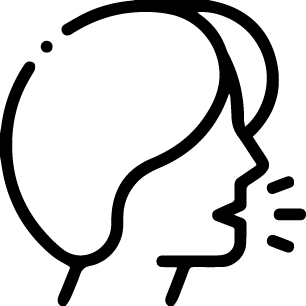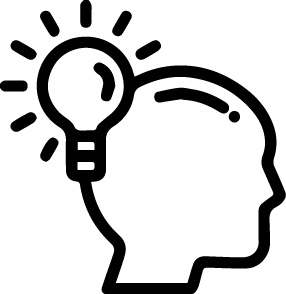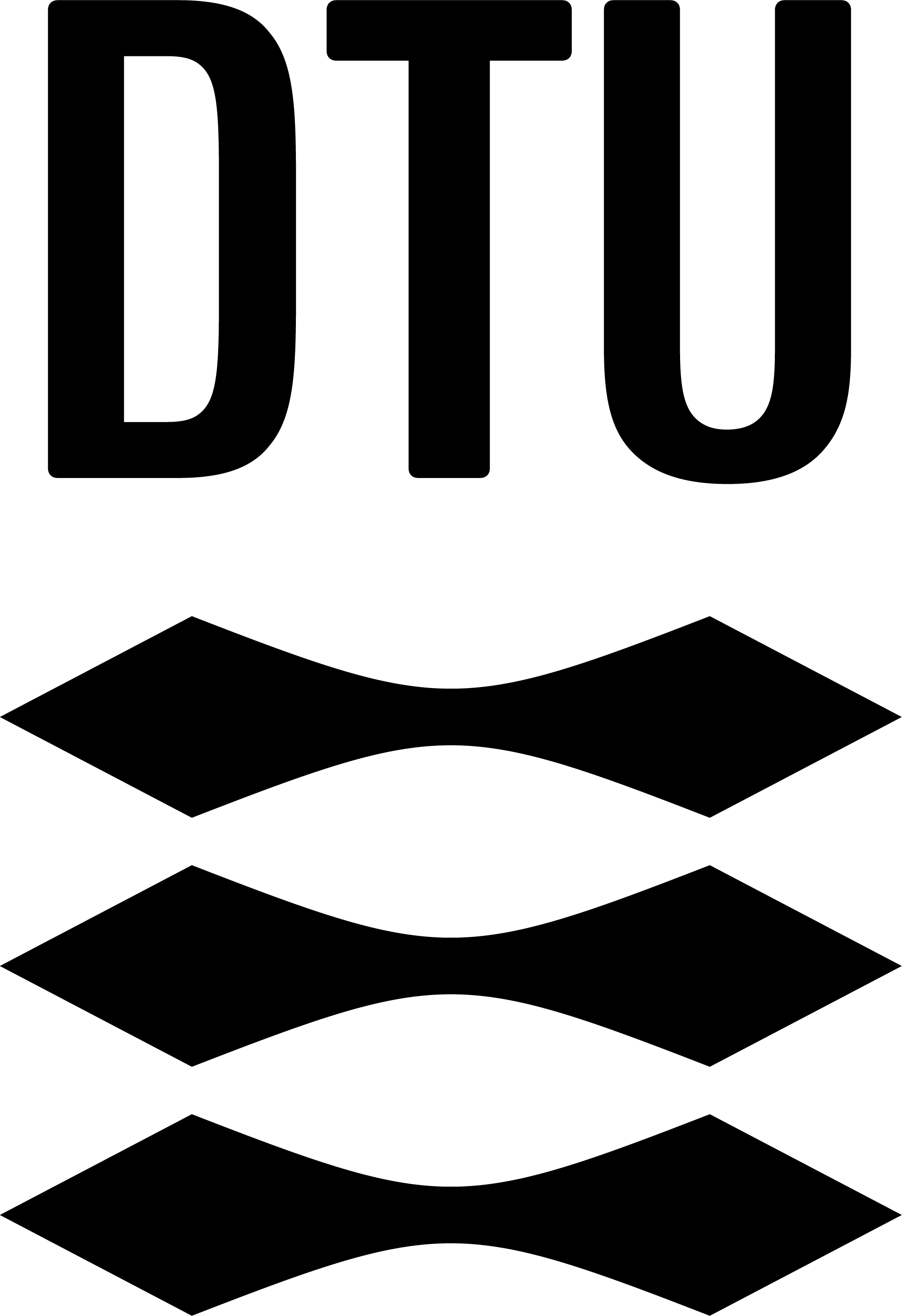User interviews Add/remove
Purpose:
The purpose of a user interview is to gain knowledge and empiric data about a topic or situation seen from a users point of view, through a structured conversation.
It is good for both initial contact to get to know the user and their experience, but can also be used for tasks like validation of a concept
Tips to include participants who are not able to:

Focus

Emote
If the user has trouble showing emotions be clever about how they are asked to describe their experiences. Do not get frustrated about the emotional level but try to work with it instead.

Speak

Hear

Invest

Think

Move

Hold

Touch
Overview
Input
Project topic
Output
Empiric data
Complexity
Simple
Time
1-3 hours
Participants
1-2
Activity
Communicating
Step by step:
Locate the right users for your situation and project and get into contact
Prepare the questions/talking points you want to ask in advance
Meet with the user at a spot you are both comfortable with and perform the interview
To fully engage the user ask them back for validation of concepts
When doing this method you should consider:
- Make sure not to just ask the questions but more intertwine them into a conversation. The questions should be more talking points to guide through a conversation.
- Make sure the questions are cohesive when planning the interview guide.
- Make sure to have as few users being interviewed at a time to allow all users to contribute – some might though feel more comfortable if they have another person to spar with during the interview.
- Its okay to have someone joining you for documentation during an interview, but it is advised that the amount of interviewers does not exceed the amount of users interviewed.
- Make sure the questions are not offensive to the person being interviewed
- Look at body language and tone as much as the spoken word
Materials needed:
Interview guide




